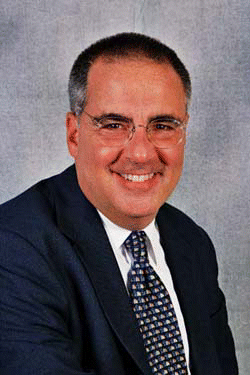CPAP usage (effective mask pressure based on hours per day) was recorded by an internal data chip during the four-week trial. Patient symptoms were assessed with the Epworth Sleepiness Scale (ESS) and Functional Outcomes of Sleep Questionnaire (FOSQ). Treatment groups were matched for age, body mass index, and baseline ESS and FOSQ scores.
Explore This Issue
March 2007Despite randomization, the standard care group had a significantly higher apnea-hypopnea index (AHI) than either the zolpidem or placebo pill groups. Compared with the placebo pill and standard care groups, the zolpidem group did not show greater CPAP usage in terms of total days used or average time used per night. When the initial 14 days of CPAP treatment were analyzed separately, there was also no difference in the number of days used or average nightly use. Although average nightly CPAP usage within the zolpidem group was higher in the initial 14 days than in the subsequent 14 days, this did not reach statistical significance. There was also no difference across the three groups in the number of regular users, or patients who used CPAP on at least 70% of nights and averaged at least four hours per night.
Although all three CPAP treatment groups showed significant symptom improvement, as measured by the ESS and FOSQ, an oral hypnotic agent did not increase initial CPAP compliance in new users and Dr. Bradshaw and his fellow authors could not recommend empiric treatment.
OSA Insomnia Patients
However, since studies have shown that almost half of patients with OSA have insomnia complaints, the researchers believe prescription sleep medications, when used correctly, may prove helpful for a subset of patients with OSA insomnia.
Insomnia is the most common sleep disorder and there is a complex relationship between insomnia and OSA, said Dr. Kezirian. Sometimes, OSA contributes to insomnia and treating OSA can improve sleep patterns, whereas other times, the effective treatment of OSA may actually worsen insomnia because the sleepiness associated with OSA overcomes the tendency to remain awake in bed without sleeping.
In general, sleep medications are not the best first-line treatment for OSA patients with insomnia, Dr. Kezirian added. These patients should receive treatment for both disorders. Sleep medications can be part of a treatment plan for insomnia, but these patients should not receive sleep medications without treatment of OSA because the medications can actually worsen breathing patterns during sleep. In some cases, effective treatment of OSA alone can eliminate or at least simplify the treatment of insomnia because it eliminates the confounding effect of one disorder on another.

Leave a Reply